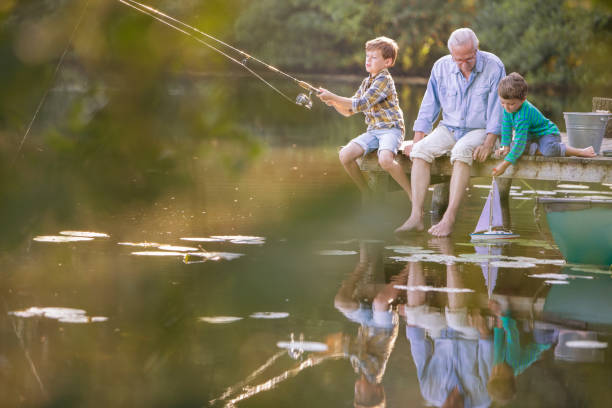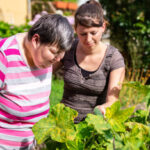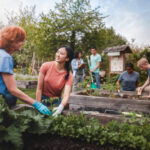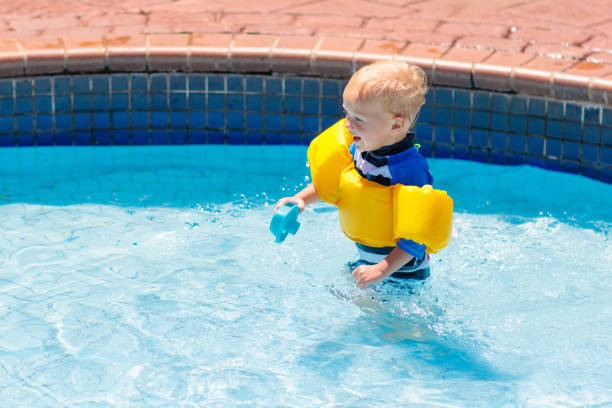Fun Gardening Activities To Try With Your Child Today
This post contains affiliate links. I may earn a commission at no extra cost to you if you make a purchase. Note that I’m not a health or outdoor safety professional, so further research is advised. Your support keeps Outdoors A-Z running—thank you! Read the full disclosure.. Read the full disclosure here.
Gardening isn’t just for adults; it’s an enriching experience for children too. Beyond the joy of playing in the dirt, gardening offers numerous benefits for a child’s physical, mental, and emotional development. In this article, we’ll explore 10 fun gardening activities that you can try with your child today, fostering a love for nature and creating lasting memories.
Table of Contents
Benefits of Gardening for Children
Before we delve into the activities, let’s briefly highlight the myriad benefits of gardening for children. From promoting physical health through outdoor engagement to providing educational opportunities and skill development, gardening is a holistic learning experience for young minds.
Setting Up a Child-Friendly Garden
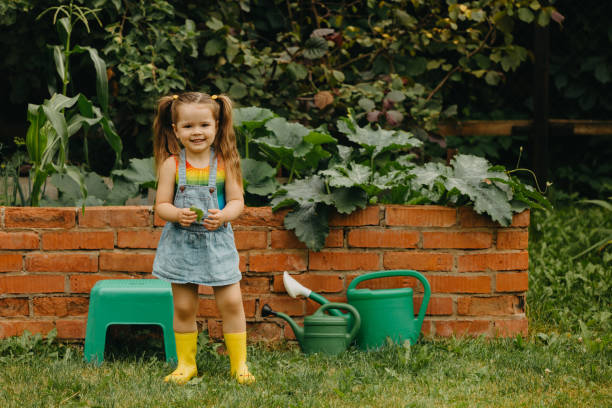
Creating a child-friendly garden involves thoughtful planning. Choose a suitable space with good soil quality, ensuring it receives adequate sunlight. Select age-appropriate plants that are easy to care for and invest in child-sized gardening tools to make the experience enjoyable and safe.
Fun Planting Activities
- Planting Seeds and Watching Them Grow: Engage your child by planting seeds together. Witnessing the growth from seed to plant fosters a sense of accomplishment and excitement.
- Creating a Themed Garden or a Rainbow of Flowers: Add a creative touch to the garden by organizing plants based on themes or colors. This not only makes the garden visually appealing but also introduces basic categorization skills.
DIY Garden Markers and Labels
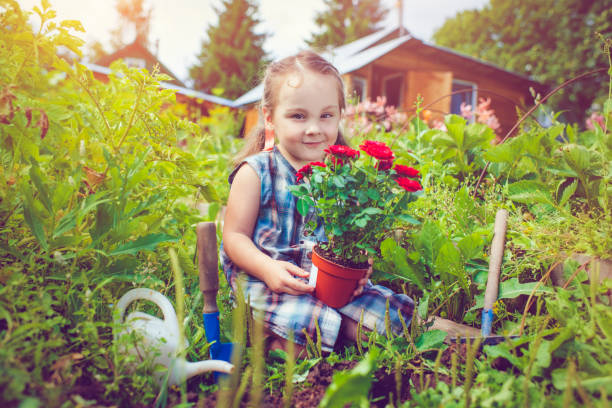
- Engaging Children in Creating Personalized Markers: Transforming everyday objects into garden markers is a fun DIY activity. Allow your child to personalize markers with drawings or labels for a sense of ownership.
- Teaching Basic Plant Identification Skills: Use the markers as a tool to teach basic plant identification skills. This activity promotes learning about different plant varieties and their characteristics.
Sensory Gardens for Exploration
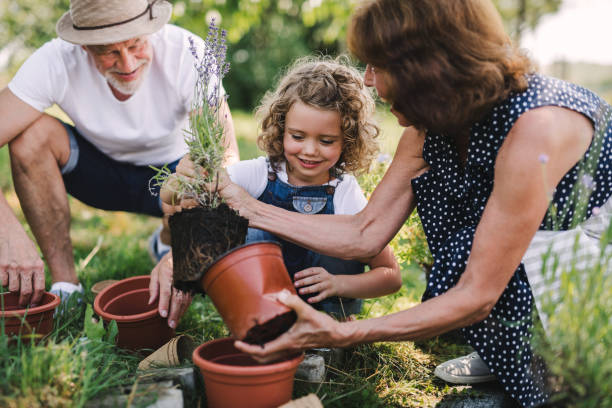
- Incorporating Different Textures, Scents, and Colors: Create a sensory garden by including plants with diverse textures, scents, and colors. Encourage your child to explore and describe their sensory experiences.
- Stimulating Sensory Experiences for Young Gardeners: Incorporate touch-and-feel corners and scented herbs to stimulate your child’s senses. This sensory-rich environment enhances their connection with nature.
Garden Crafts and Art Projects
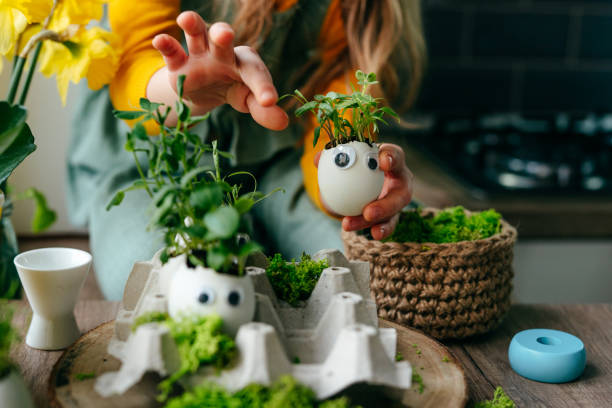
- Using Natural Materials for Creative Projects: Channel creativity by using natural materials from the garden for craft projects. Pinecones, leaves, and flowers can be transformed into beautiful artworks.
- Encouraging Self-Expression Through Garden-Inspired Art: Encourage self-expression through art inspired by the garden. This activity not only promotes creativity but also helps children articulate their feelings and experiences.
Building a Miniature Fairy Garden
- Sparking Imagination with a Magical Garden Theme: Introduce a touch of magic by creating a miniature fairy garden. Spark your child’s imagination by incorporating tiny fairy houses and enchanted landscapes.
- Crafting Fairy Houses and Miniature Landscapes: Turn crafting into a collaborative activity. Build fairy houses using natural materials, fostering creativity and storytelling in the process.
Bug Hunts and Friendly Insect Encounters
- Teaching the Importance of Insects in the Garden: Educate your child about the role of insects in the garden ecosystem. Discuss the difference between helpful and harmful insects.
- Turning Bug Hunting into a Fun and Educational Adventure: Make bug hunting an exciting adventure. Provide magnifying glasses and observation jars to closely examine and learn about the insects.
Watering and Care Routine
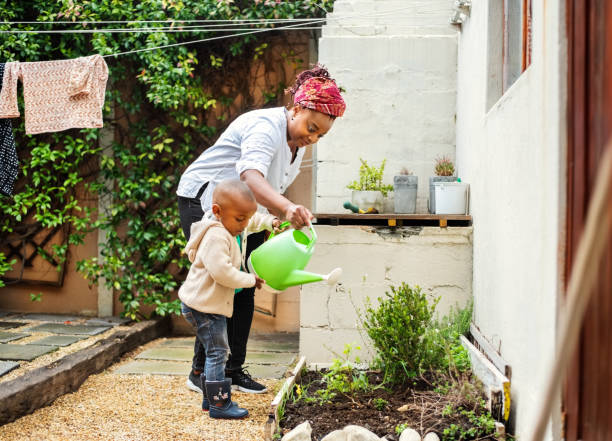
- Instilling Responsibility Through Regular Care Tasks: Foster a sense of responsibility by involving your child in regular watering and care routines. This activity teaches commitment and attentiveness.
- Making Watering and Plant Care an Enjoyable Routine: Turn watering and plant care into enjoyable routines. Use it as an opportunity to discuss the needs of different plants and the importance of consistent care.
Harvesting and Tasting Homegrown Produce
- Celebrating the Fruits of Gardening Efforts: Share the joy of harvesting homegrown produce with your child. Celebrate the fruits of their gardening efforts, whether it’s a ripe tomato or a handful of strawberries.
- Encouraging Healthy Eating Habits Through Tasting Sessions: Organize tasting sessions with the harvested produce. This not only encourages healthy eating habits but also reinforces the connection between growing and consuming food.
Garden Storytime Sessions
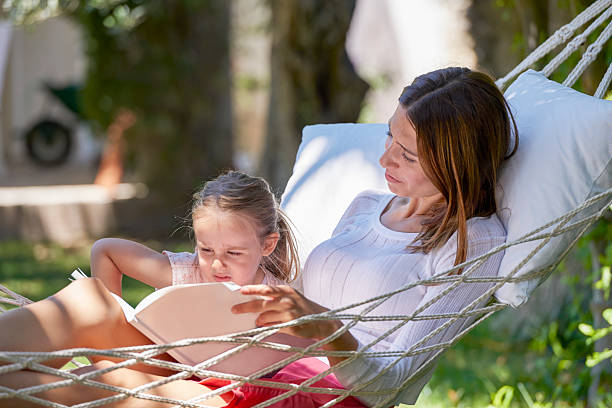
- Creating a Cozy Reading Corner in the Garden: Foster a love for reading by creating a cozy reading corner in the garden. This simple activity combines literature and nature for an immersive experience.
- Combining Literature and Nature for an Immersive Experience: Choose garden-themed books to read together. This activity not only enhances language skills but also instills a sense of wonder about the natural world.
Nature Journaling for Young Gardeners
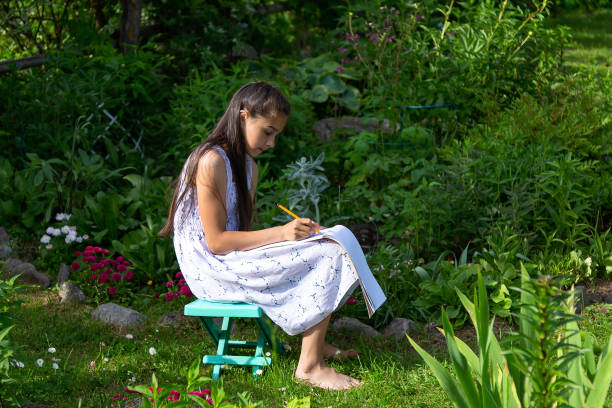
- Introducing Journaling as a Reflective Activity: Develop reflective skills by introducing nature journaling. Encourage your child to document observations, experiences, and drawings related to the garden.
- Documenting Observations and Experiences in the Garden: Use a journal to document the growth of plants, changes in the garden, and any interesting observations. This practice enhances attention to detail and critical thinking.
Gardening Games and Challenges
- Incorporating Playful Challenges for Added Excitement: Infuse excitement into gardening by incorporating playful challenges. Set goals, such as the tallest sunflower or the most colorful garden corner.
- Turning Common Gardening Tasks Into Enjoyable Games: Turn routine tasks like weeding or raking into enjoyable games. This not only makes the activities more engaging but also promotes a positive attitude toward gardening.
Year-Round Gardening Tips
- Offering Ideas for Seasonal Gardening Activities: Provide tips for year-round gardening. Highlight activities suitable for each season to maintain interest and involvement in gardening throughout the year.
- Maintaining Interest in Gardening Throughout the Year: Keep the gardening spirit alive by adapting activities to seasonal changes. Whether it’s planting bulbs in the fall or creating snow sculptures in winter, there’s always something to explore.
Final Thoughts
Gardening with your child is more than just planting seeds; it’s an investment in their physical, mental, and emotional well-being. These 10 fun gardening activities are designed to not only make gardening enjoyable but also to create lasting memories and foster a lifelong love for nature. As you embark on these gardening adventures, remember that the true harvest lies in the growth and development of your child.
FAQs
How can I make gardening appealing to a child who isn’t initially interested?
Start with activities that involve creativity and play, such as building a fairy garden or creating garden-themed art. Tailor the experience to their interests to spark curiosity.
Are there safety considerations when gardening with children?
Absolutely. Use child-friendly tools, teach safe gardening practices, and be mindful of plants that may cause allergies or irritation. Supervision is crucial, especially with younger children.
What if I don’t have a backyard for gardening?
Gardening can be adapted to various spaces. Consider container gardening on a balcony, window boxes, or community gardens. Many plants thrive in smaller spaces.
How can I incorporate learning into gardening activities?
Use gardening as an opportunity to teach about plant life cycles, pollination, and the importance of ecosystems. Tailor explanations to your child’s age and understanding.
How do I maintain a balance between structured gardening activities and allowing free exploration?
Strike a balance by incorporating a mix of structured activities and free exploration time. This allows your child to learn through guided experiences while also fostering their natural curiosity.




